As already noted, commercial plantation agriculture is essentially a European type of agriculture mainly imposed upon tropical regions. It was given its initial impulse by the discovery of sea routes to the new world, West Africa and the far east by Spanish and Portuguese explorers, and subsequently by British and Dutch explorers, in the fifteenth and sixteenth centuries, rapidly followed by the establishment of colonies and trading posts in the regions thus reached. In some cases the existing inhabitants were sufficiently advanced to provide a source of indigenous labour, in which case they were often ruthlessly exploited if not enslaved by the Europeans, and set to work cultivating various tropical crops–mainly foodstuffs–for the European consumer. Where, on the other hand, they were too few in number or technologically too backward or inept to be utilised in this way, they were elbowed aside, assimilated or even exterminated by their conquerors, and more advanced tropical labour was introduced from elsewhere, the classic example being the important of West African slaves into various parts of the new world over a period of about 300 years. Much later plantation development received further impetus from the industrial revolution in the eighteenth and nineteenth centuries, when industrialisation led to an unprecedented rise in demand for industrial raw materials such as cotton, and for tropical food products to feed the growing urban population. As enlightened public opinion in Britain and the U.S.A. began to turn against slavery as an institution, so commercial interests adopted more subtle forms of exploitation such as the importation of indentured Indian workers to work on thee plantations of East Africa, Malaya and the East Indies.
A New Geography of Agriculture
Encyclopaedia of World Geography
Book: 9 $51.30
$57.00
In stock
Free & Quick Delivery Worldwide
All orders amounting to US$ 50 or more qualify for Free Delivery Worldwide. For orders less than US$ 50, we offer Standard Delivery at $14 per book.
ABOUT THE AUTHOR A Balakishan
Dr. A Balakishan has obtained his Ph.D. in Geography from Osmania University. He is currently Associate Professor of Geography at the Centre for Indian Ocean Studies, Osmania University, Hyderabad. His areas of interests include- Indian Ocean, Remote Sensing, GIS, Urban and Environmental studies.
ABOUT THE AUTHOR Afzal Sharieff
Professor Dr. Afzal Shariegg did his M.A. in Geography form OSMANIA University. Dr. Sharieff started his teaching career in a secondary school, teaching social studies and geography. Later he was selected as a associate professor in the University. He was promoted as a reader on the basis of his work and promoted as a full fledged professor. Dr. Sharieff has attended many national seminars and workshops. He is a member of many professional bodies and he lectures on geographical issues. He writes for national newspapers and magazines.
ABOUT THE AUTHOR Masood Ali Khan
Dr. Masood Ali Khan obtained his M.A. and Ph.D. in Sociology from Dr. B.R. Ambedkar Marathwada University, Aurangabad. He started his career as UGC Research Fellow, Dept. of Sociology in the same University. Presently he is working as Deputy Director, southern Regional Centre, ICSSR, Osmania University. His area of interest are information Technology in Social Sciences, Minority Problems, Urdu Press and Sociology of Islam. He has published many articles of different nature both in national and international journals. Dr. Khan has conducted more than 50 Seminars, Workshops and Research Methodology Courses sponsored by SRC-ICSSR. A widely travelled person, Dr. Khan has attended many national / international seminars / conferences.
reviews
0 in total
Review by Anonymous
Be the first to review “A New Geography of Agriculture” Cancel reply
You must be logged in to post a review.
Bibliographic information
Title
A New Geography of Agriculture
Encyclopaedia of World Geography
Encyclopaedia of World Geography
Author
Edition
1st ed.
Publisher
ISBN
9788176256551
Length
vii+241p., Illustrations; Tables; Figures; Maps; Index; 23cm.
Subjects
view entire series
more by A Balakishan see more
more by Afzal Sharieff see more
more by Masood Ali Khan see more
similar bookssee more
Readings in Business Environment (In 4 Vols.)
$190.00
$200.00
Agro-Forestry and Climate Change
$60.30
$67.00

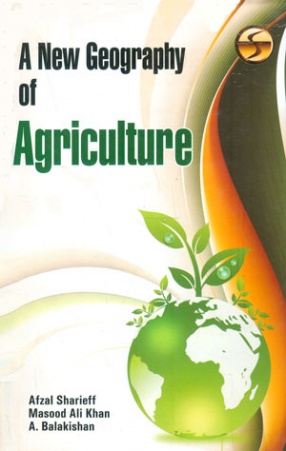
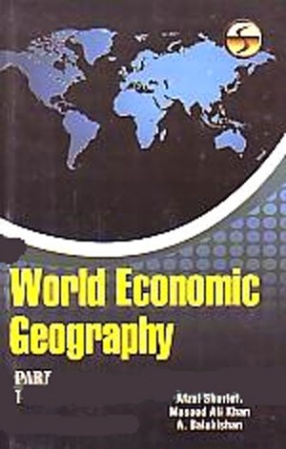

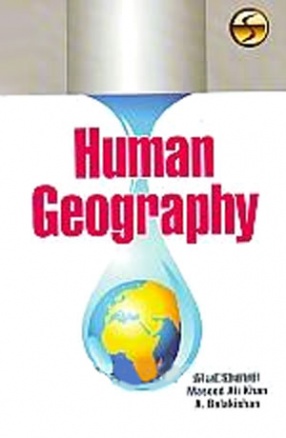
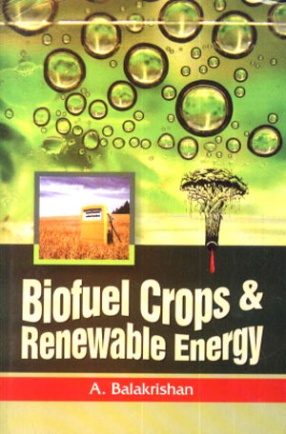
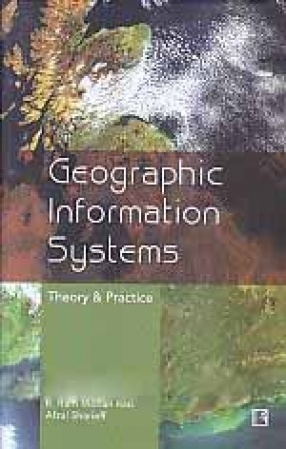

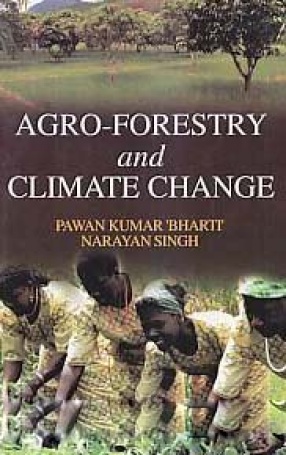
There are no reviews yet.